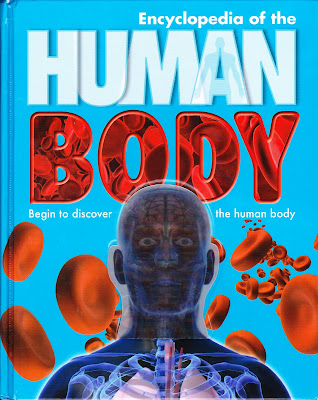Welcome to Term 3! I hope you all had a fantastic break over the school holidays. Here are some new junior non fiction to help you catch up on your school work.

 Why do reptiles have scales? : and other questions about evolution and classification.
Why do reptiles have scales? : and other questions about evolution and classification.
Wildlife wonders? You better believe it. This book covers anything and everything you want/need to know about the classification and evolution of reptiles and how they have adapted to survive the ever changing environment. This is a great book to use for biology projects and homework. Great for Primary and Intermediate level.
You might also want to check out Why do Plants have flowers? and other questions about evolution and classification. Lots of amazing facts about the evolution and classification of plants, like you find out the age of a tree by counting the rings beneath the bark and apparently find out which flower smells of rotting meat – Whoa!. A great resource to sue for horticulture projects and homework.


 It’s time for Animaths! It’s time to improve your maths sssskills by looking at Shapes with Snakes. Become a “roaring” success with maths by Taking Away with Tigers and some maths ant-ics by looking at Adding with Ants.
It’s time for Animaths! It’s time to improve your maths sssskills by looking at Shapes with Snakes. Become a “roaring” success with maths by Taking Away with Tigers and some maths ant-ics by looking at Adding with Ants.
These books are great to use to introduce young children to simple key maths concepts with the use of cut out photos of animals. These books are sure to engage the interest of reluctant mathematicians.
According to Wikipedia, The Commonwealth of Nations, commonly known as the Commonwealth (formerly the British Commonwealth), is an intergovernmental organisation of 53 member states (including New Zealand) that were mostly territories of the former British Empire, with some notable exceptions. The Commonwealth operates by intergovernmental consensus of the member states, organised through the Commonwealth Secretariat, and non-governmental organisations, organised through the Commonwealth Foundation.
Luckily for the library, we now have a junior non fiction book jam packed with information about the Commonwealth. This informative, fact-packed guide also tells you all about the history and the aims of the Commonwealth since its foundation in 1931. Did you know New Zealand is one of the 53 countries led by HM Queen Elizabeth II? A great book to use for Social Studies homework.
Ready for another back to school number that will help you ace Home Economics and allow you to unleash your inner Gordon Ramsey-Jaime Oliver- Nigella Lawson-Chelsea Winter? Donna Hay has released a cookbook for kids. Donna Hay for kids?! How cool is that! Check out the awesome cookbook, catered for cool kids that contains over 40 fun and simple recipes for kids to make for family and friends to enjoy. Found a few tasty numbers like spaghetti bolognese, sausage rolls, chicken noodle soup, cup cakes and chocolate moose. Wow, I wish I had this book when I was doing Home Economics at school.
Encyclopedia of the human body : begin to discover the human body.
Got a biology project coming up on the human body? This back to school number can help. The Encyclopedia of the human body will allow you to discover information about how the human body and anatomy works. You will discover and learn everything from how blood flows through the heart, to how food is digested and where your voice comes from… hmmm! This is the kind of book that makes *physiology look cool and screams AMAZING!
*Physiology: The branch of biology that deals with the normal functions of living organisms and their parts.
























 From Zero To Infinity (And Beyond): Cool Maths Stuff You Need to Know
From Zero To Infinity (And Beyond): Cool Maths Stuff You Need to Know I’ve Lost My Hippopotamus
I’ve Lost My Hippopotamus  Rhyme Stew
Rhyme Stew Following in Darwin’s Footsteps
Following in Darwin’s Footsteps All About New Zealand’s Garden Wildlife
All About New Zealand’s Garden Wildlife 